Perhaps more than any other surf photographer in the last decade, Chris Burkard has not only redefined the occupation, but the medium itself. 3.6 million Instagram followers live vicariously through his high latitude adventures, where the sense of raw freedom is as palpable as the natural beauty on display. With a seemingly insatiable appetite for storytelling and an unwavering enthusiasm for endeavour, his is a cup that is constantly running over. Rather than being tied to a group of surfers or a particular movement, his marriage of outdoor adventure with arctic surf exploration has become a global brand, his journey-not-destination ethic has become widely imitated, the cornerstone of every marketing pitch in the outdoor, or any other, ‘space’.
Part surf shooter, filmmaker, explorer and endurance athlete, Burkard Studio just teamed up with Billabong Adventure Division and artist Luke Taaffe to release a brand new collection of purpose-built gear. As we caught up with Chris under late February’s Snow Full Moon, guess what? We find him on the road back from winter camp in the High Sierra, prepping for both a fat bike traverse through the snow in Yosemite and an Iceland cycling trip across the middle of the country, in winter. “It’s gonna be scary dude,” he says chuckling, “There’s a real chance it won’t happen. I’m honestly a little worried.” But it’s precisely that sense of unease that keeps him inspired, the threats and opportunities of the unknown that keep his work some of the most compelling photography out there.
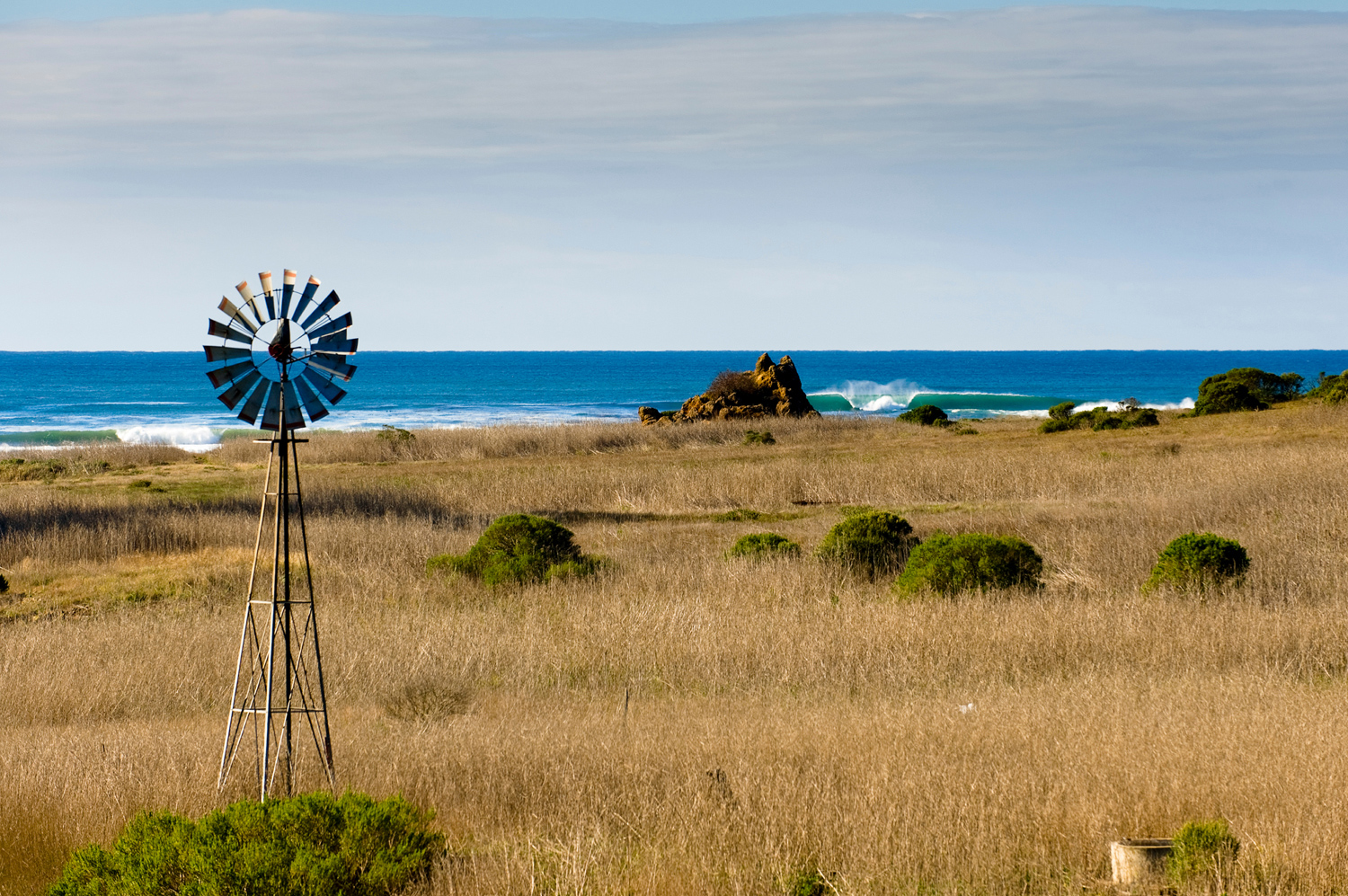
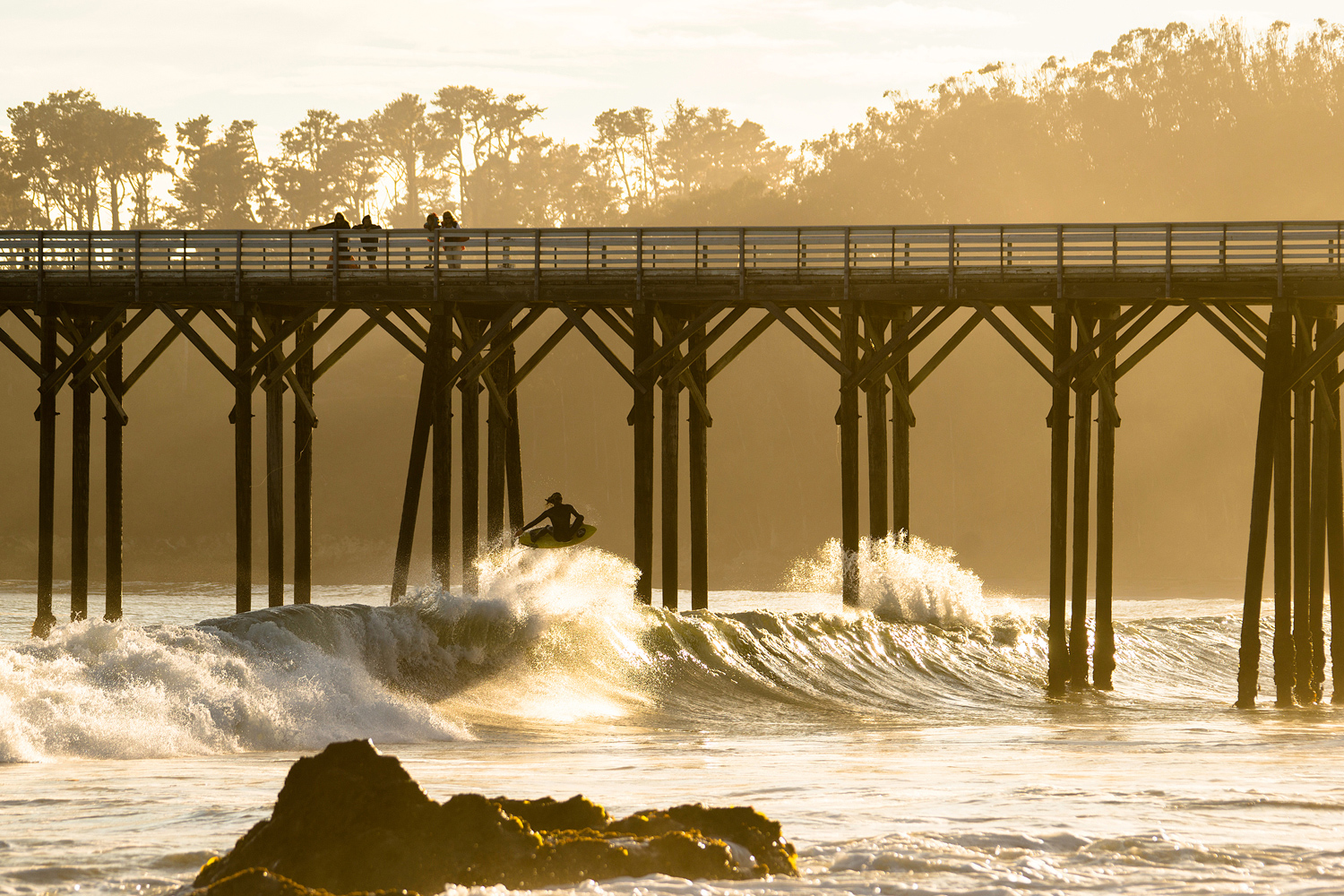
Burkard’s native Central California may be the overlooked middle child of Californian professional surfing, but in terms of natural beauty, it proved more than sufficient a muse to lure him out on a career and life path along rarely trodden trails of adventure.
Kelly Slater once described your hometown, Pismo Beach as ‘one of the worst waves on the planet’. How has home shaped your life and career?
That’s a funny one. In some capacity, that little bit of folklore fuelled me as a young photographer, like “I’ll show them!” You know what I mean? I was like, ‘Every dog has its day, just watch.’ I think in some way, there was always a reason to prove oneself, and always a feeling we got overlooked here in Central California. If you go a few hours north to Santa Cruz, it’s home to one of the most prolific surf scenes, big waves surfers and so on. Then an hour and a half south, you’ve got Santa Barbara, with all the best pointbreaks, home to Tom Curren and Al Merrick. So in terms of how it shaped me, it’s fickle as hell, sharky, cold, the weather can be fairly dismal, and we always felt the need to try and prove ourselves. What we lack in good waves we make up for in solitude and nature, and all these ominous, empty peaks. I just fell in love with documenting that aspect of surfing. It was always lonely in some way, and I found joy in that loneliness. So these days I might travel further afield to get it, but in many ways I’m still chasing those same sensations.
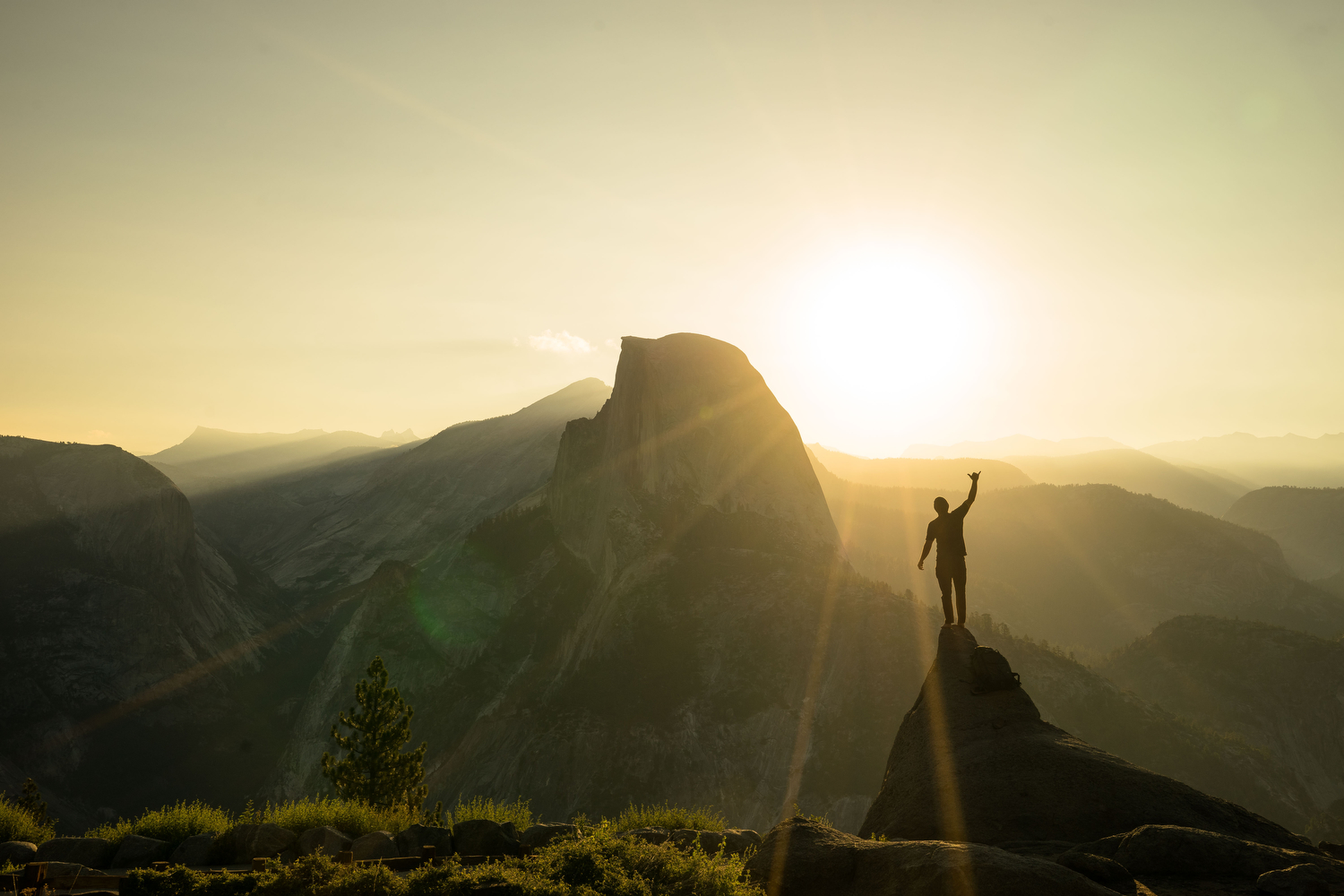
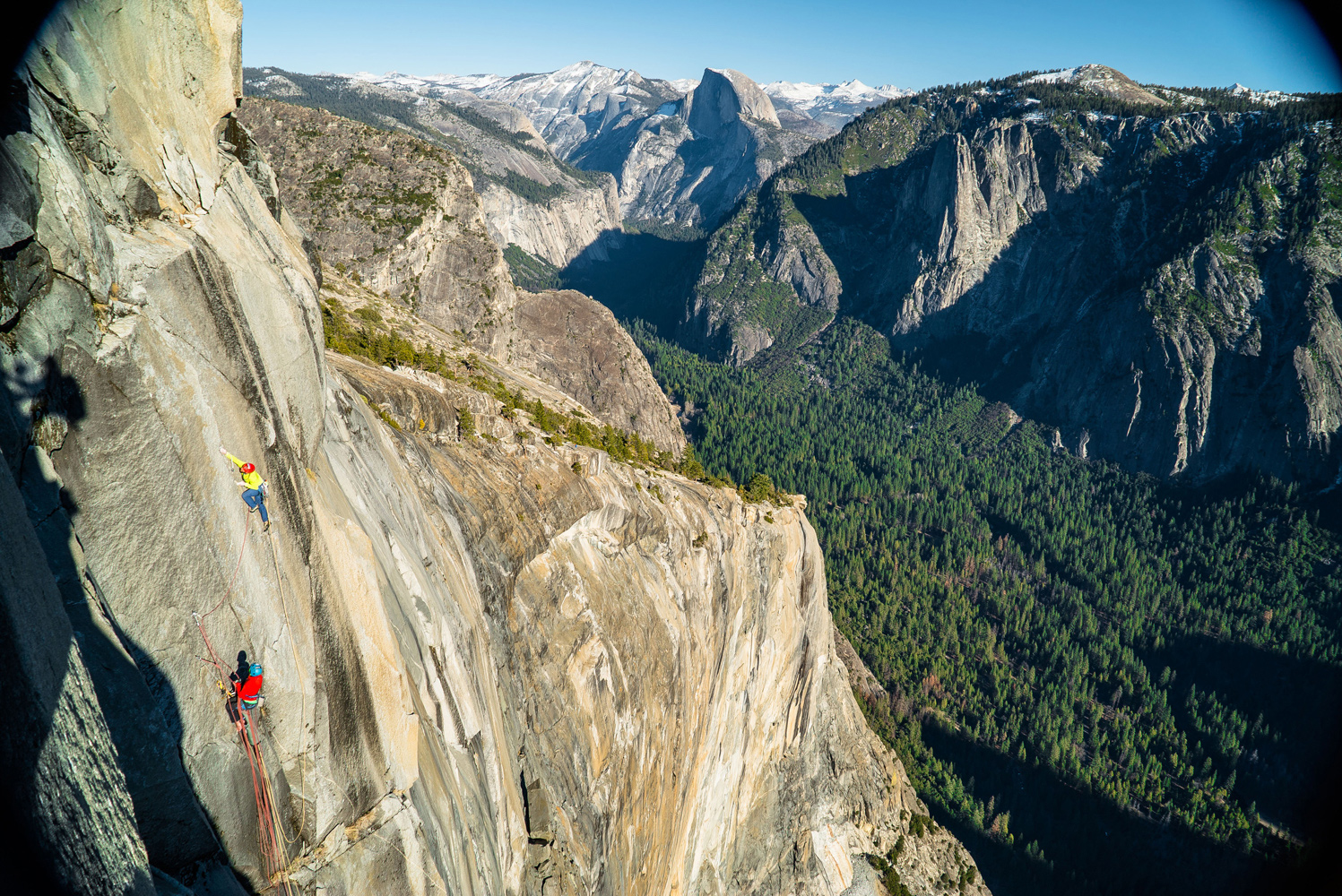
“When I reached Yosemite, all the rocks seemed talkative, and more telling and lovable than ever. They are dear friends, and seemed to have a warm blood gushing through their granite flesh; and I love them with a love intensified by long and close companionship” – John Muir
What makes a great surf photo? How does a photographer get a little piece of themselves over in their work?
In the beginning, as a young buck, shooting for Surfline or the magazines or whatever you’re looking for front lit, tight action, all these buzzwords you’ve heard. As time goes on, you realise it’s critical to put a piece of yourself in that photograph. A lot of times that means you have to experience it yourself in some way, a photo can be kind of meaningless if you didn’t put any intention across, as to why you shot it. For me, a great photograph has to represent a place and a time, whether that’s in your life or somebody else’s life, maybe the athlete’s or maybe the location’s, but something significant. It’s also an image that you have something to say about. Those are kind of the anecdotes I look for.
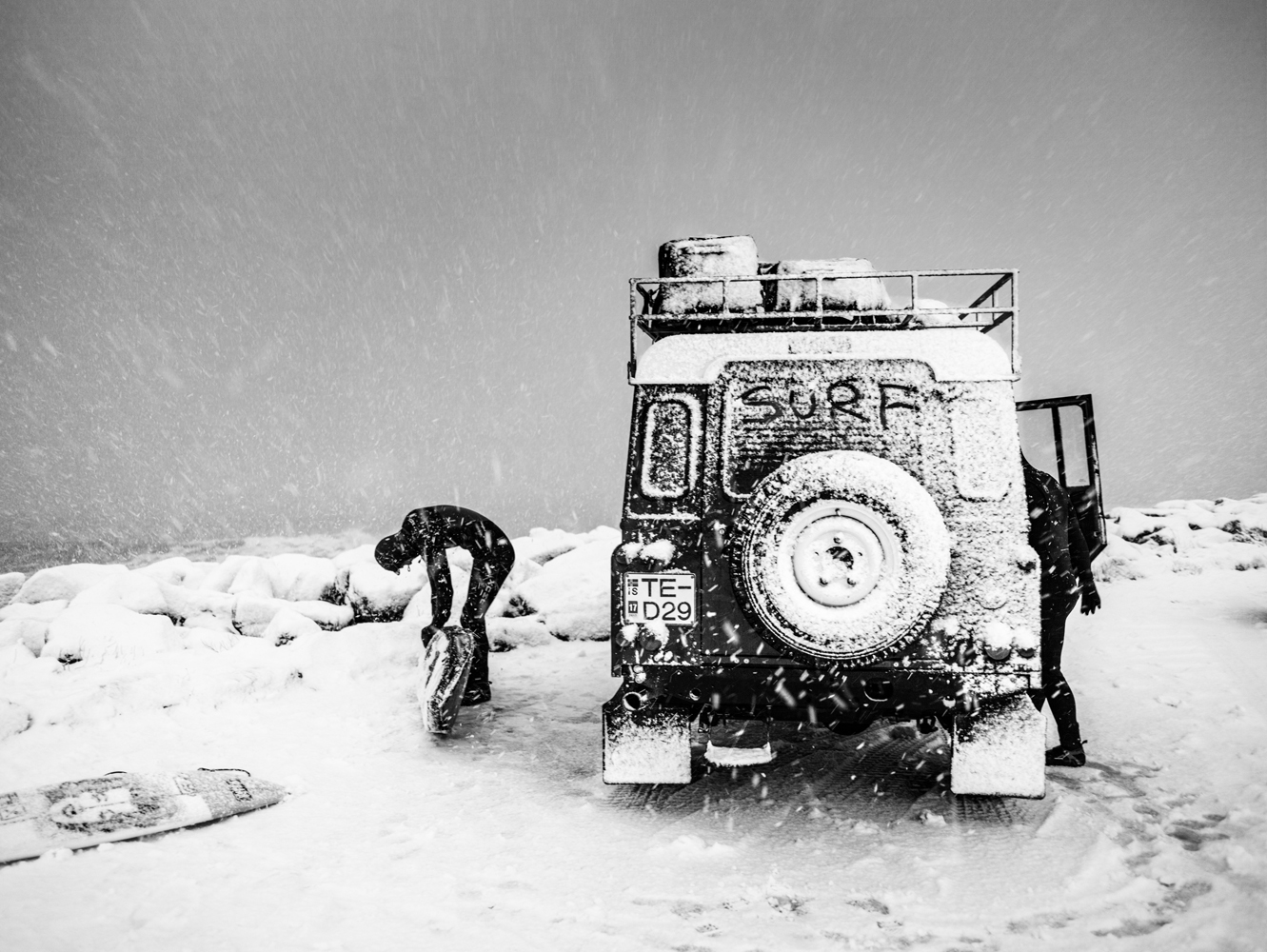
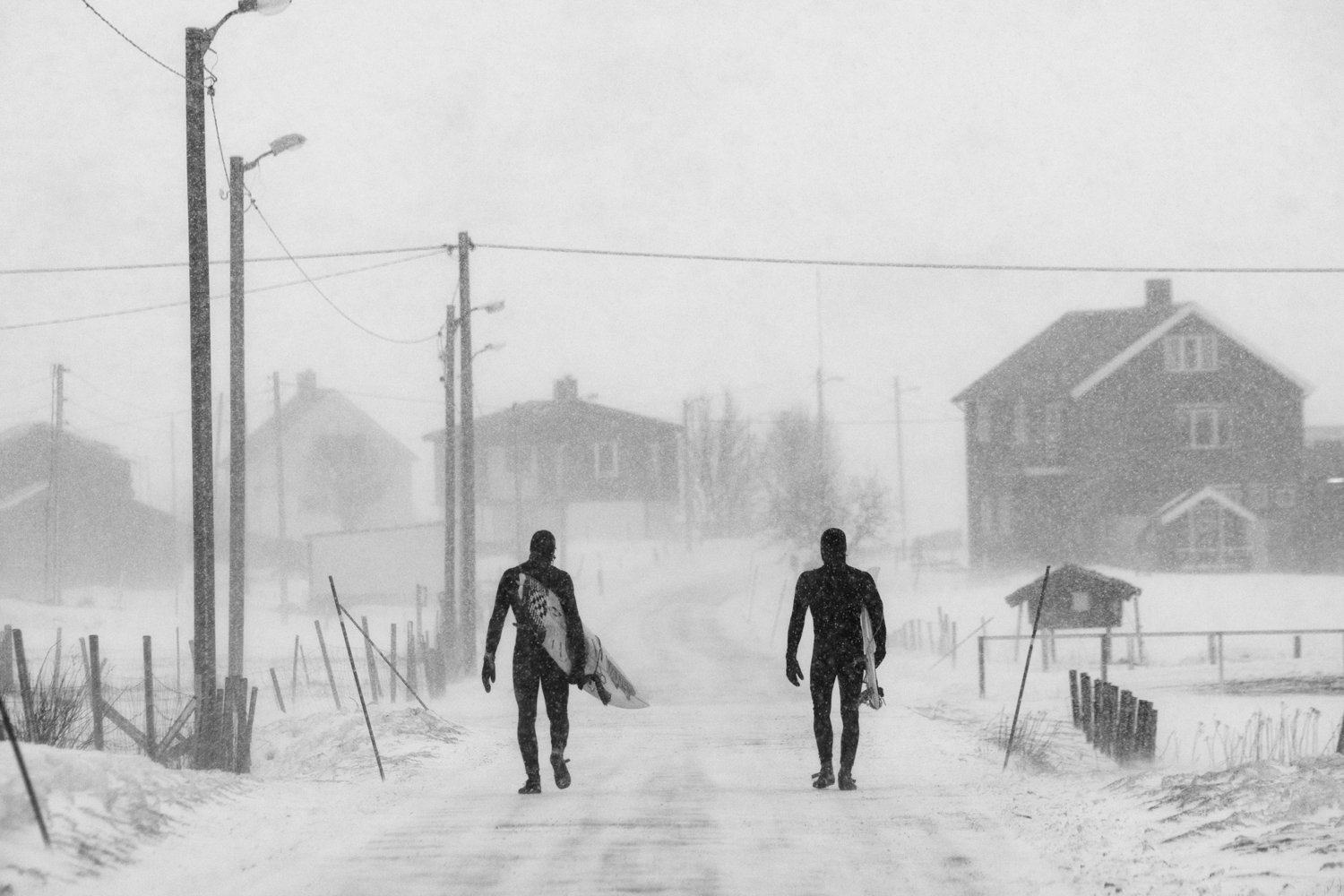
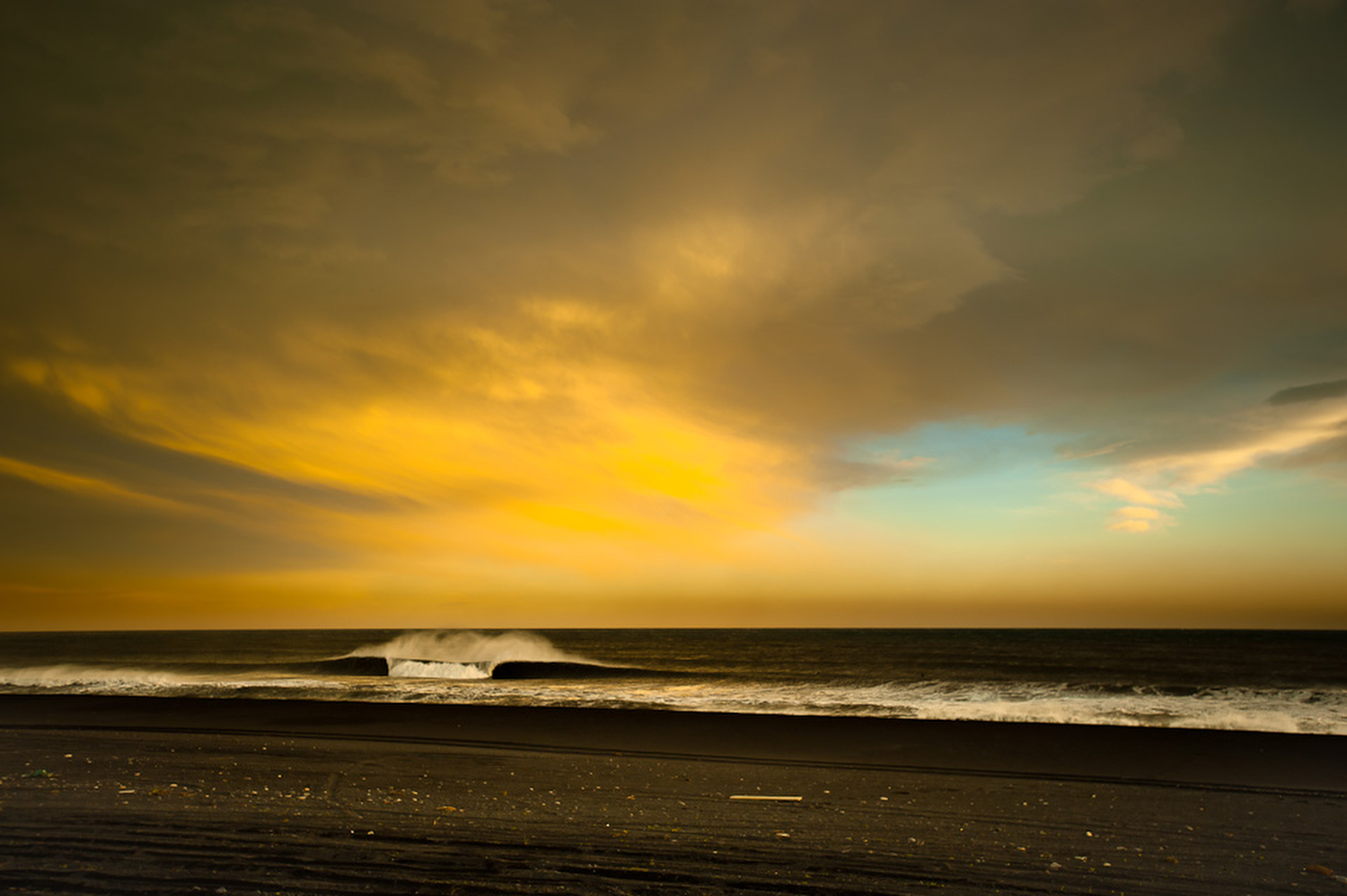
“Anywhere that’s cold – Norway, Russia, The Faroes – distills it down to something more pure. You’re thrust into a situation where you have to trust the people you’re with, there’s a sense of camaraderie created.”
If standing on the beach on the North Shore with the 600mm lens is one end of the spectrum, what’s the other?
Growing up, driving up the coast of California to try and find empty waves to surf, that was always my experience; jumping fences, running across fields, dodging huge elephant seals just to get empty waves. So when it came to photography, it always felt foreign to me to go where everything is super established. So without meaning to sound cliché, the other end of the spectrum would be standing on a beach shooting in Norway, it’s snowing, and you’re looking for these remote, fickle waves. Just from a personal perspective, what Pipe and Backdoor represent to me is a photographer who’s taking zero risks; standing on the beach with a 600mm lens and a Big Gulp, they know for sure what they’re gonna get. For me it’s about taking those risks, and going anywhere that asks more of you as a person, as a creative, going somewhere you feel scared and out of your element, taking a leap of faith.
Even if established surf locales leave few creative challenges to the photographer, your images of Mundaka, taking one example, did look discernibly different. How do you get a fresh take on a well studied subject?
We have so much research at our fingertips, so much to look back at. If you’re a student of surf photography, of magazines, looking at everything and absorbing it, not because you want to replicate it, but for the opposite reason, to do something different. So I knew what I had seen were these epic photos from the water, with the church and the town and these huge perfect pits, I had seen all those amazing lineups. I kinda tried to give the place the time it deserves, walk around it 360 degrees. Get to the highest point I could, I drove over to the other side to look into the wave. I wanted to see all perspectives to give it the respect it commands. I think that’s the hardest thing we do as photographers or editors; to try to tell a new story of an old place. I basically followed some tourists, walked right behind them, and used them as perspective, this is what a normal person would do looking at the waves. That’s how I composed all my images, using them in the foreground. The beauty of the place tells the story without worrying too much about the action; and I would say the same for France. I took a pulled back shot of the bunkers from up on the dune at La Piste that turned out to be one of my all time favourite spreads. It’s about appreciating the beauty of the location, grabbing a perspective that every surfer can relate to.
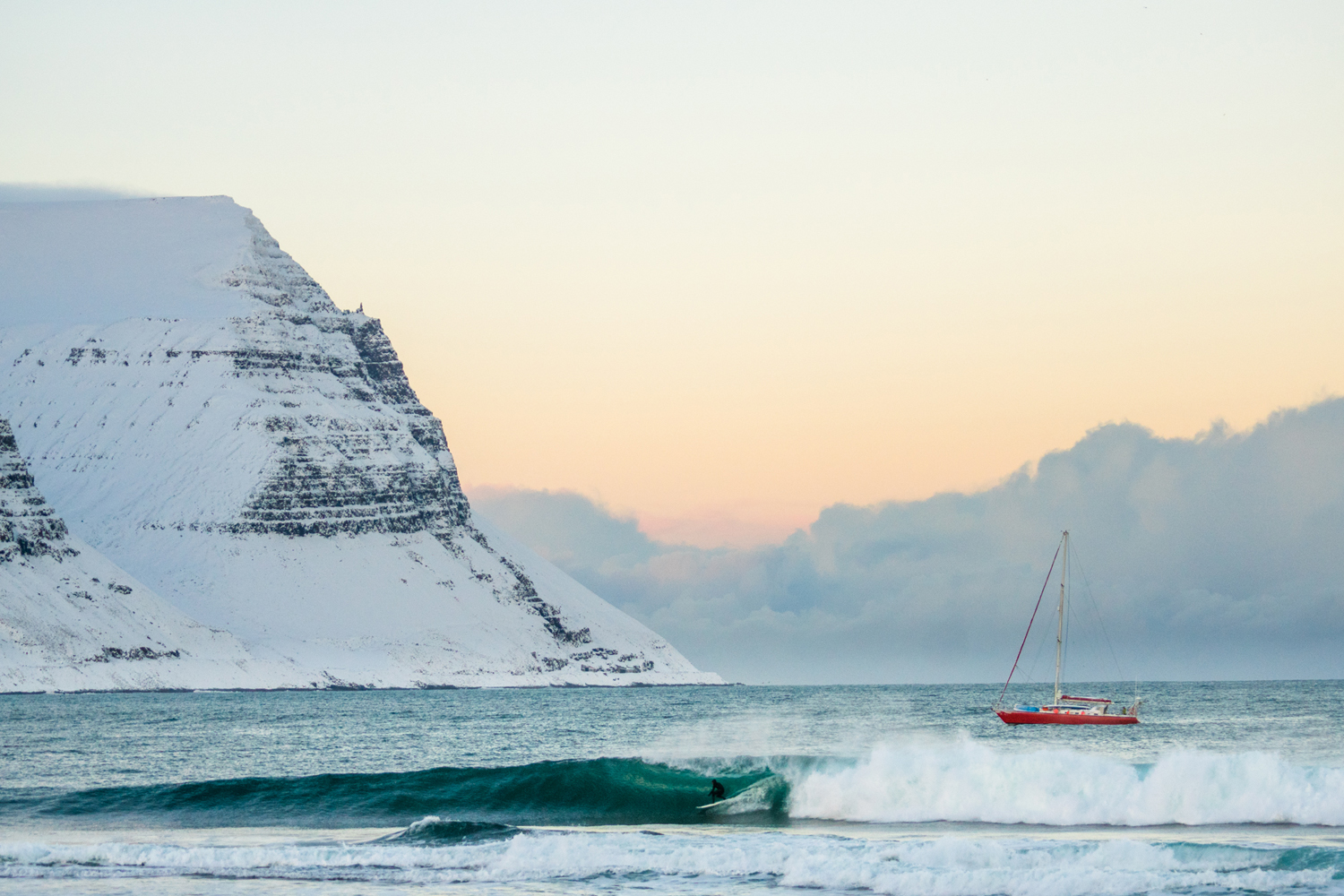
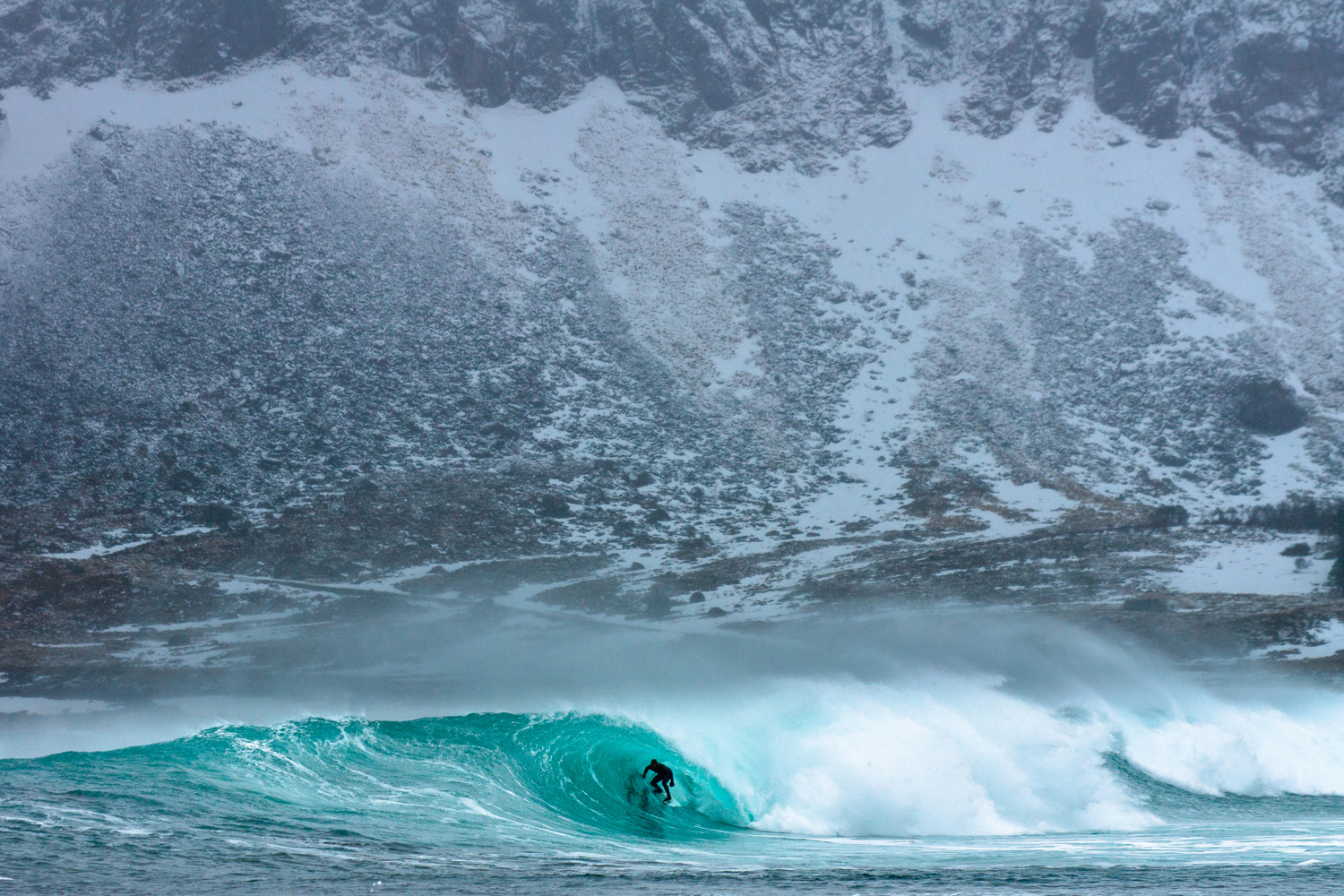
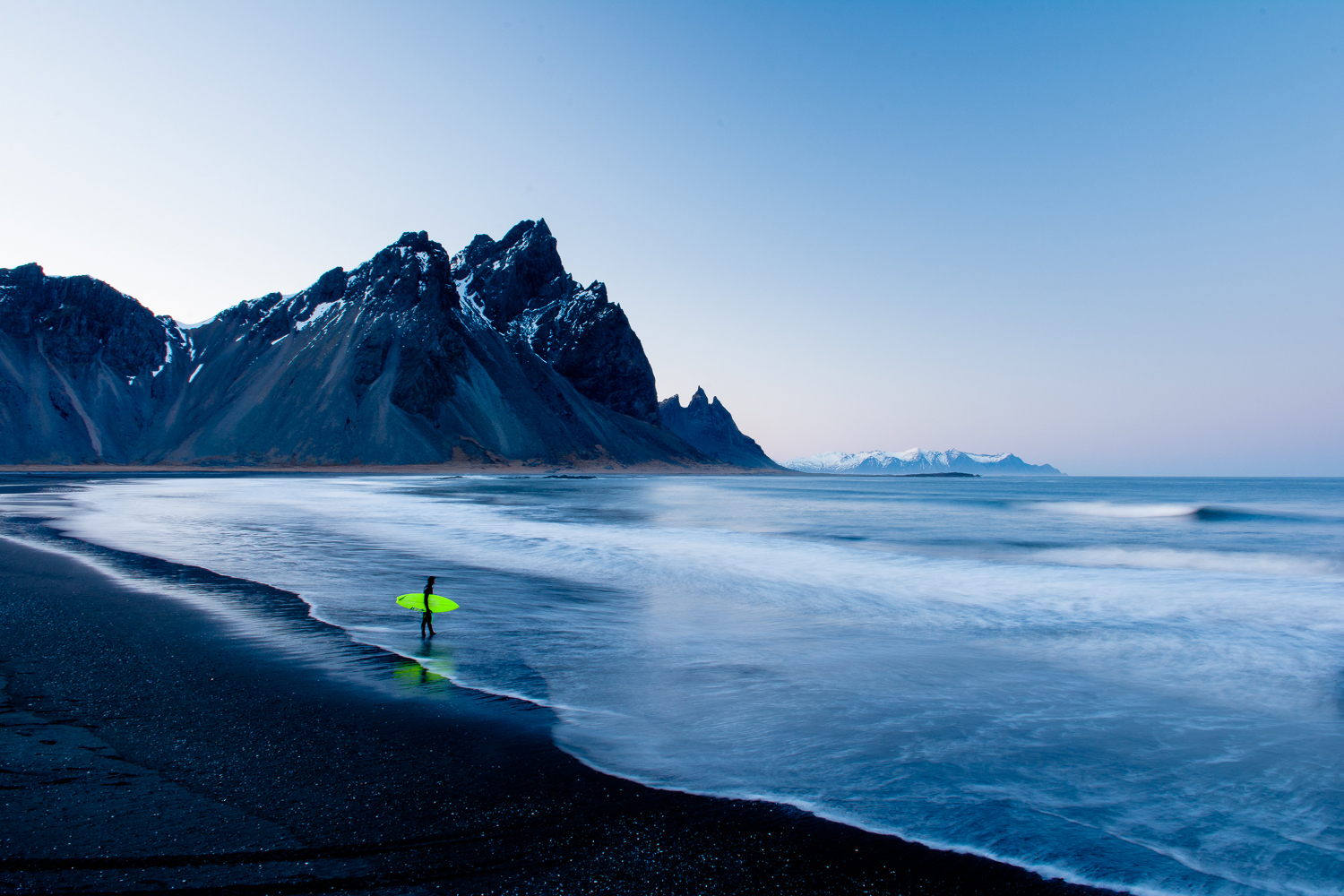
“There’s so much value that comes from the experience in surfing in cold water and the landscapes that go with it. Iceland is just relatively easy to get to, and the people are amazing, but it’s not Iceland as such that draws me, it’s more about surfing in that kind of environment. It purifies you, at the risk of sounding too spiritual, it’s like getting baptised.”
Can you describe the unexpected power of an image? Or remember when a photo first stepped out of intended purpose and became a thing all of its own?
The photo of Pete Mendia in Chile, and a few others around the time, became more than just an action photo, it kind of immortalised an experience. That’s the difference between surf and landscape photography; in any action sport you’re trying to capture the here and now, as opposed to something you hope will last forever. What was so powerful about that shot to me, was that when it won the Red Bull Illume Award, it really validated that nature and the arena are the most significant thing. It wasn’t a tight shot of Andy Irons or Kelly doing a big turn, and not to take anything away from Pete Mendia, that was an everyday pro surfer experiencing this grandiose place, and that’s the yearning we all want in our lives. It’s weird when a photo can take on more, it becomes your identity, your persona, for better or for worse. Looking back at that image, all I ever think is how every other photo I take compares to that image. I’ve had a few moments, where I feel I’ve struck gold or got lucky, but in some way, you’re given these glimpses of perfection, and spend the rest of your life chasing that, and that’s impossible to do. So that’s kind of our curse.
You’ve done some forty trips to Iceland… what are the challenges that remain in places like that? What’s the drive or the goal today?
The idea often is that you gotta go harder, or find a new wave, but that’s not what I’m drawn to. Having been there 43 times, I’m drawn to Iceland really for the surf culture there and the purity of the experience. I guess for me anywhere that’s cold, Norway, Russia, The Faroes, that distills it down to something more pure. You’re thrust into a situation where you have to trust the people you’re with, there’s a sense of camaraderie created. There’s so much value that comes from the experience in surfing in cold water and the landscapes that go with it. Iceland is just relatively easy to get to, and the people are amazing, but it’s not Iceland as such that draws me, it’s more about surfing in that kind of environment. It purifies you, at the risk of sounding too spiritual, it’s like getting baptised.
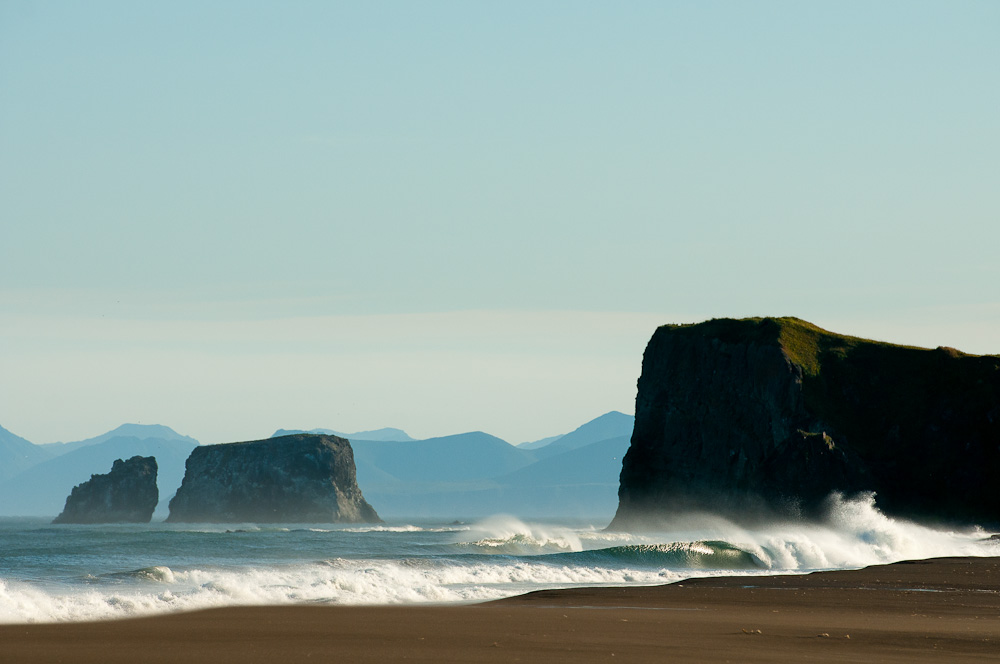
Petropavlovsk-Kamchatsky, Russia. “For me it’s about taking those risks, and going anywhere that asks more of you as a person, as a creative, going somewhere you feel scared and out of your element, taking a leap of faith”
Given recent global events, how important is the everyday, accessible otherness, the wilderness at edge of town?
I wasn’t someone that started their career by travelling the world, I never had a passport until I was 20. I was raised by a single mum, and we couldn’t afford to go anywhere. So I always had an appreciation of adventures close to home, and what was in my own backyard. This pandemic has taught me that these places are still so valuable, and if you lose sight of the value of what’s just outside your own front door, I fear what that would make us become. It’s been a huge equaliser really, when nobody can travel, that’s when peoples’ true colours come out, when our creativity blossoms. Are you still able to be a photographer capturing amazing things if you can’t get on a plane? We shouldn’t be relying on getting stamps in our passport to create powerful, unique stories. I do believe that the greatest and deepest journeys we ever take will be the internal ones. It’s not about how far we can go and how many continents we can step on.


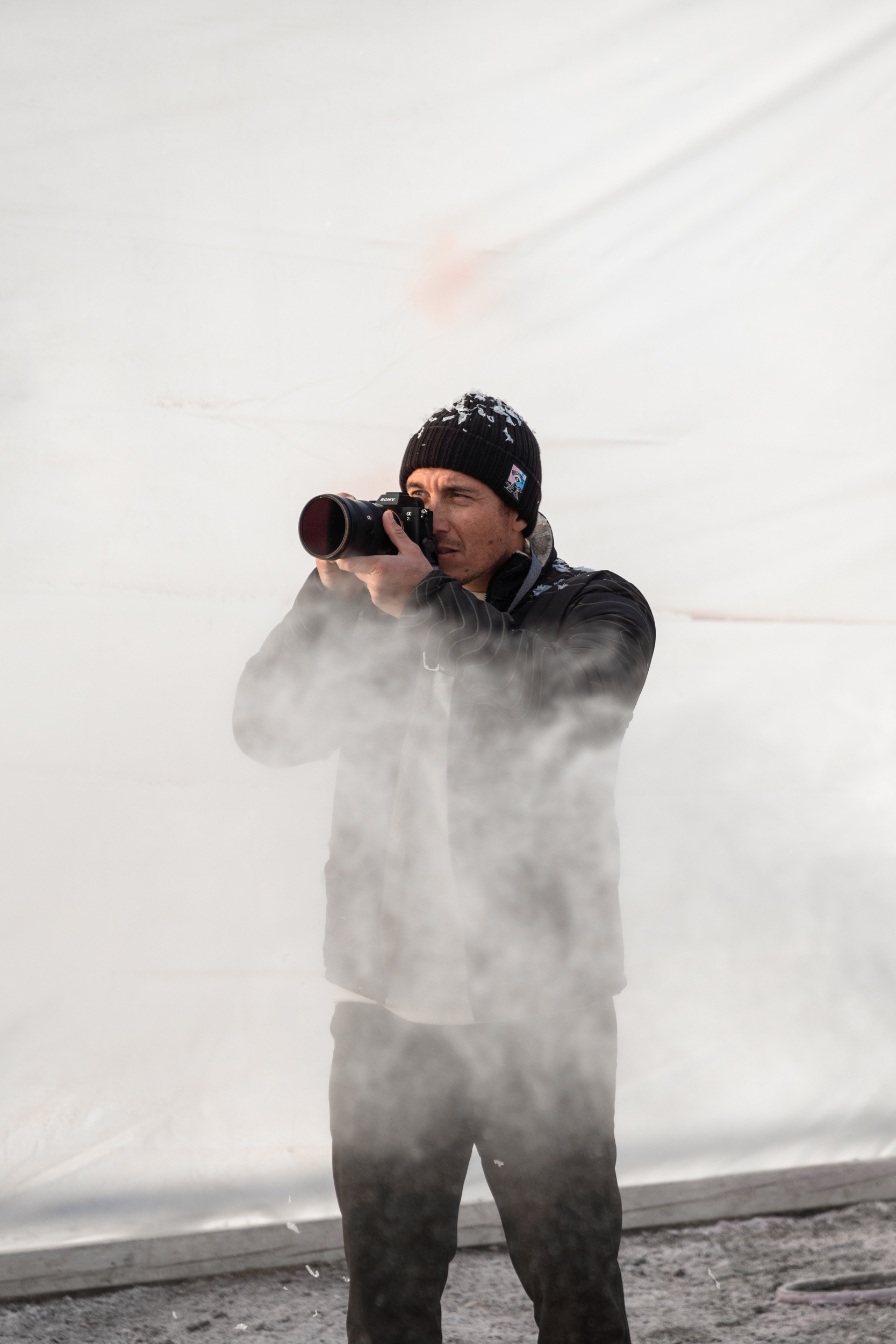
Going off?
Want to share your photos? If you've got a great gallery of your local spot email us [email protected].
